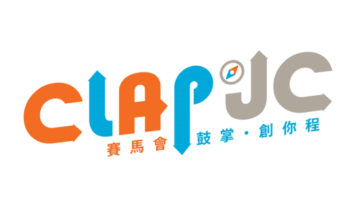About Us
Why CLAP-TECH Pathway


CLAP-TECH Pathway is largely based upon a learning paradigm first initiated by IBM in 2011, known as P-TECH (Pathways in Technology Early College High School), that has already been launched in 28 countries and regions, including Australia, Singapore, South Korea, Taiwan, Thailand, United Kingdom and the United States. The programme also draws heavily from CLAP@JC, a 5-year programme empowering Hong Kong youth to navigate their school-to-work journey through their career and life development (CLD) competence and an environment with supportive enablers and infrastructure. CLAP@JC’s CLD perspective has been blended with P-TECH’s key success factors – CLAP-TECH Pathway, to provide a fulfilling learning journey filled with not just skills training but also self-understanding and goal-setting for youth’s long-term success.
Create pathway for success and self actualisation
- Partnership between schools, university, and industry partners
- Talent development progression pathway from mainstream school to work
- Industry-recognised course content based on industry’s skill-mapping
- “New Collar” approach
- Workplace learning opportunities
- First-in-line for available job interviews
Principle and Focus
CLAP-TECH is jointly developed by a tripartite partnership of industry partners, secondary schools and HKBU – to ensure curricula delivered seamlessly matches workplace needs. Plus, pilot workshops facilitate specialisation among secondary school teachers while offering them a better grasp of industry needs.
Partners take on key roles by providing valuable workplace exposure for example mentorships for students, on-site visits and placements, as well as contributing directly to curriculum development, ensuring skills conferred properly address industry shortfall. Selected industry partners also promise priority consideration of graduates for entry-level positions.
Vocational and career development elements include personalised guidance to help students set life goals and career pathways, identify strengths and interests, and help them make informed decisions to future career paths.
By integrating of vocational courses into existing secondary school curricular in the form of 3-year Applied Learning Courses leading up to HKDSE, and 2 more years of Higher Diploma Courses afterwards, the project offers more certainty for students in the form of a through-train pathway.
Key innovations

Partnership between schools, university, and industry partners

Talent development progression pathway

Integration with Career and Life Development

Leveraging existing government resources and incorporating into extant education system











